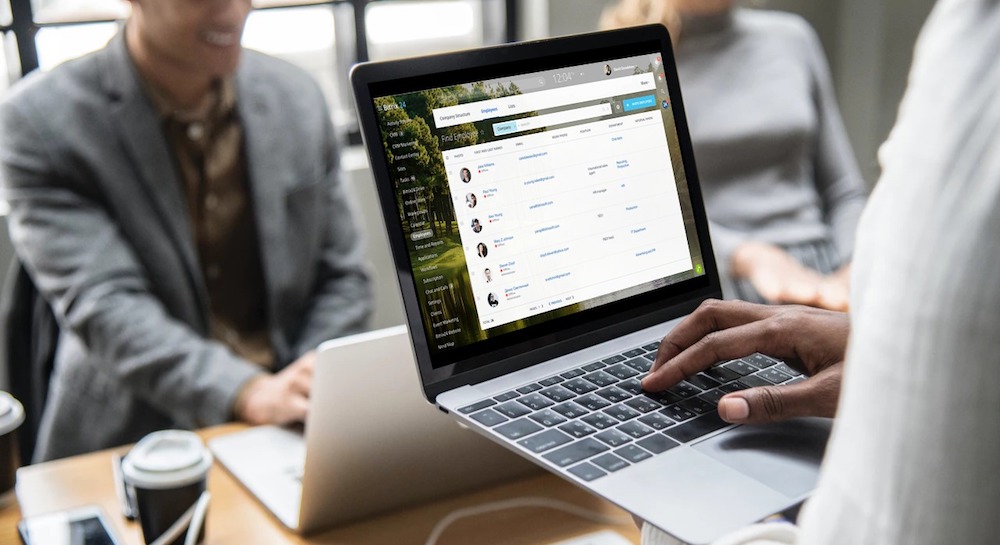There is probably not a single active Internet user who has never bought or paid for something online. And every time you enter your bank card details, a person is exposed to potential danger.
What modern security measures exist for online payments, who is responsible for what directly during a transaction, and how to avoid scammers on the World Wide Web?
Make sure you are visiting a reliable site
Take a close look at the site’s web address. You can tell if a site is a phishing site by checking the domain in the address bar and comparing it with the original domain address. As we said, phishing sites very often use similar domains to deceive users.
Check if the site has a secure connection. The address of the site through which you want to make a payment must begin with “https://” and have an icon in the form of a closed green lock. This padlock means that the information you enter is being transmitted over a secure communication channel or over a secure connection. This is especially important for gaming sites like the let lucky online casino. Such casinos have a secure connection, which means you can safely deposit and withdraw money.
Check when and to whom the site was registered. Phishing sites usually do not exist for long and are quickly identified by cybercrime specialists. But even during their short existence, they can cause great harm to many people. Therefore, it is worth checking when the site is registered. You can quickly obtain all the information about a domain, for example, registration date, contacts for contacting the organization, using special programs on the Internet.
The site shouldn’t contain grammatical or spelling errors. Large companies employ or attract professional designers, copywriters, editors and proofreaders who strictly monitor compliance with the site design rules. The wrong name of the organization, the abundance of typos and errors, the “crazy” layout, etc. should alert you. In any case, you need to be very careful if your personal information is requested, even if you receive messages from addresses that may seem official.
Check the website for payment system logos
These are the Visa Secure, MasterCard SecureCode and Mir Accept logos. It is important that they are active links and not just pictures!
Get a separate card to pay online
It is better to pay for online shopping not with a salary card, but with a separate debit card. Install an SMS alert service that will inform you about completed transactions. It is also worth setting a limit on purchases. If the data falls into the hands of fraudsters, they will not be able to make a large purchase.
The password for logging into payment services must be complex
You cannot use personal data that is available on any social network as a password: for example, your first and last name, your date of birth, animal names, etc. In order to come up with a complex password, you need to make it long – at least 8 characters, even if the site does not require this. In addition to length, a complex password must consist of uppercase and lowercase letters, numbers and symbols. With this combination of characters, it will be more difficult for scammers to guess the password.
Do not use Internet and mobile banking, payment services via public wi-fi
Most likely, your devices automatically connect to wi-fi at home. Naturally, this is much easier, faster and more convenient. This is also a convenient way to save viewed data. Free wi-fi seems very attractive when you are in a cafe, or outside the city. However, if you use critical sites, such as online banking or other sites where you enter personal data, then it is important to use only those wi-fi networks whose owner you trust. Many cafes and restaurants offer free access to open (unsecured) networks for their customers. But if attackers connect to this open network, they can easily access and exploit the information sent to and from your device. Therefore, you should be very careful about the wi-fi network and unsecured channel you connect to.
***
Taking a responsible approach to making transactions via the Internet and developing the minimum skills to ensure online security are the main elements of modern financial literacy, which all Internet users should observe.

